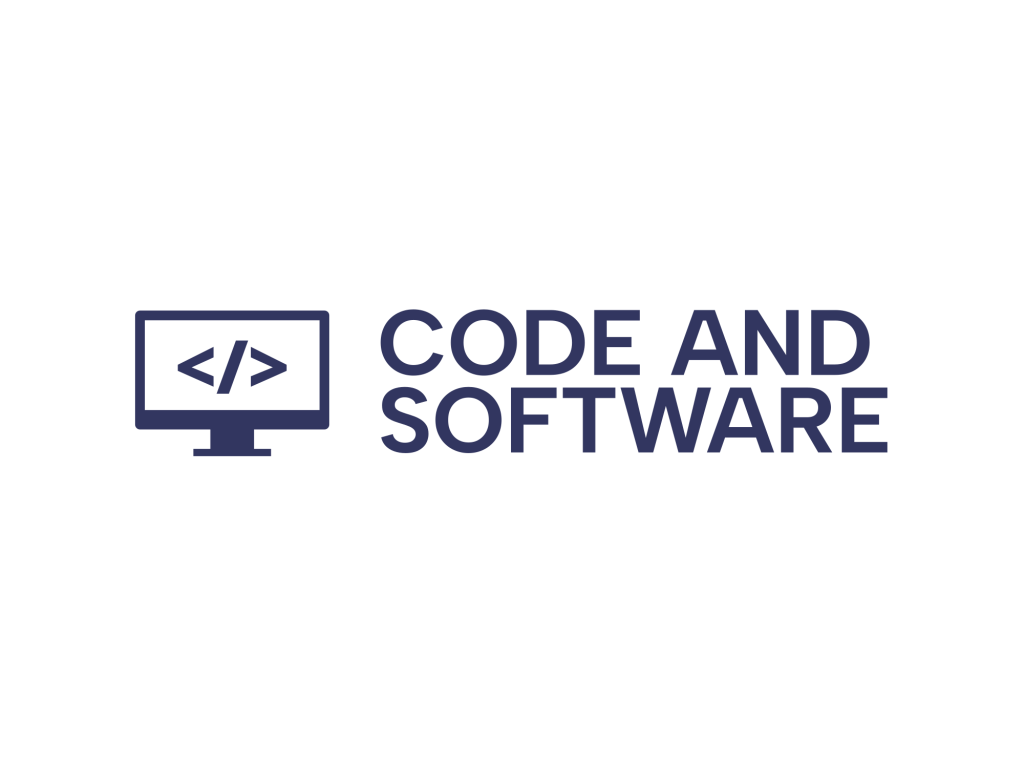As content creators, marketers, and business leaders seek to expand their reach across global markets, the demand for multilingual video content has never been higher. Artificial Intelligence (AI) video translators are emerging as powerful tools for tearing down language barriers and delivering seamless, engaging video experiences to audiences around the world. With powerful features like automated subtitle generation, voice cloning, and lip-syncing, these tools make global localization faster, more efficient, and increasingly accessible.

Why AI Video Translation Is Essential for Global Reach
In an increasingly digital world, video content dominates platforms from YouTube to TikTok to corporate training portals. However, language limitations can hinder growth and engagement. AI-powered video translators provide an automated solution that helps:
- Break down language barriers
- Expand viewership into new markets
- Improve accessibility for diverse audiences
- Enhance user engagement with accurate native-language subtitles and voiceovers
These tools are not just for large corporations either; small businesses, independent creators, and educators too can benefit from AI video translators to make their content universally understood.
Top AI Video Translators in 2024
Here are some of the best AI video translators currently leading the market:
1. DeepL Translate with Video Integration
Originally known for its highly accurate text translation engine, DeepL has expanded into video through integrations with video editing platforms. It uses its advanced AI translation algorithms to deliver precise subtitles in over 30 languages.
- Pros: High accuracy and natural language feel
- Cons: Limited features compared to dedicated video platforms
2. Synthesia
Synthesia is widely known for generating AI avatars and is equally strong in video translation. It supports audio dubbing and lip-sync in 120+ languages, making it a favorite for businesses localizing training and product videos.
- Pros: Realistic avatars, multilingual voiceover
- Cons: Subscription can be pricey for smaller organizations
3. Papercup
Papercup specializes in AI dubbing with emotional voice synthesis. Perfect for documentaries, interviews, and educational videos, it replaces the speaker’s voice in a different language while maintaining tone and pacing.
- Pros: Expressive voiceover, good for long-form content
- Cons: Less suited for short-form social media content
4. VEED.IO
This online video editor includes a strong AI translation tool that adds subtitles automatically and translates them into multiple languages. It’s best suited for quick editing and social content creators.
- Pros: Accessible, easy to use
- Cons: Limited voice translation features
5. HeyGen
HeyGen is an emerging contender that blends avatar creation with multilingual video translation. Its standout lip-sync technology makes translated videos feel more authentic and professional.
- Pros: Excellent lip-sync performance, avatar generation
- Cons: Newer platform with evolving features

What to Consider When Choosing an AI Video Translator
Before selecting a tool, it’s important to evaluate your use case. Ask the following questions:
- Do you need subtitles or full voiceover translation?
- Is lip-sync crucial for your audience’s experience?
- How much content do you need to translate per month?
- What is your budget for AI translation tools?
Choosing the right AI video translator depends on balancing accuracy, features, and cost. Whether you’re creating e-learning modules, international marketing materials, or entertainment content, there’s a solution to help you go global with ease.
FAQ
- Q: Can AI video translators translate voice and subtitles at the same time?
A: Yes. Many platforms like Papercup and HeyGen offer simultaneous voice translation and subtitle generation to optimize viewer experience. - Q: Are translated voices using AI realistic and natural-sounding?
A: Leading tools use neural voice synthesis, which has significantly enhanced the realism and emotional responsiveness of translated voices. - Q: How accurate are AI translations compared to human translators?
A: While human translators still lead in nuance, AI tools have reached 80–95% accuracy, especially for common language pairs and straightforward content. - Q: Is it safe to upload confidential videos onto AI translation platforms?
A: Most reputable platforms provide encryption and adhere to data privacy regulations, but always review the provider’s security policy before uploading sensitive content. - Q: How long does it take to translate a video using AI?
A: Most AI tools can translate a 5–10 minute video in under 10 minutes, making them ideal for fast content turnaround.

